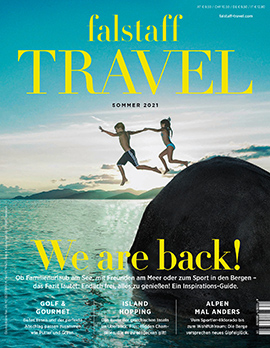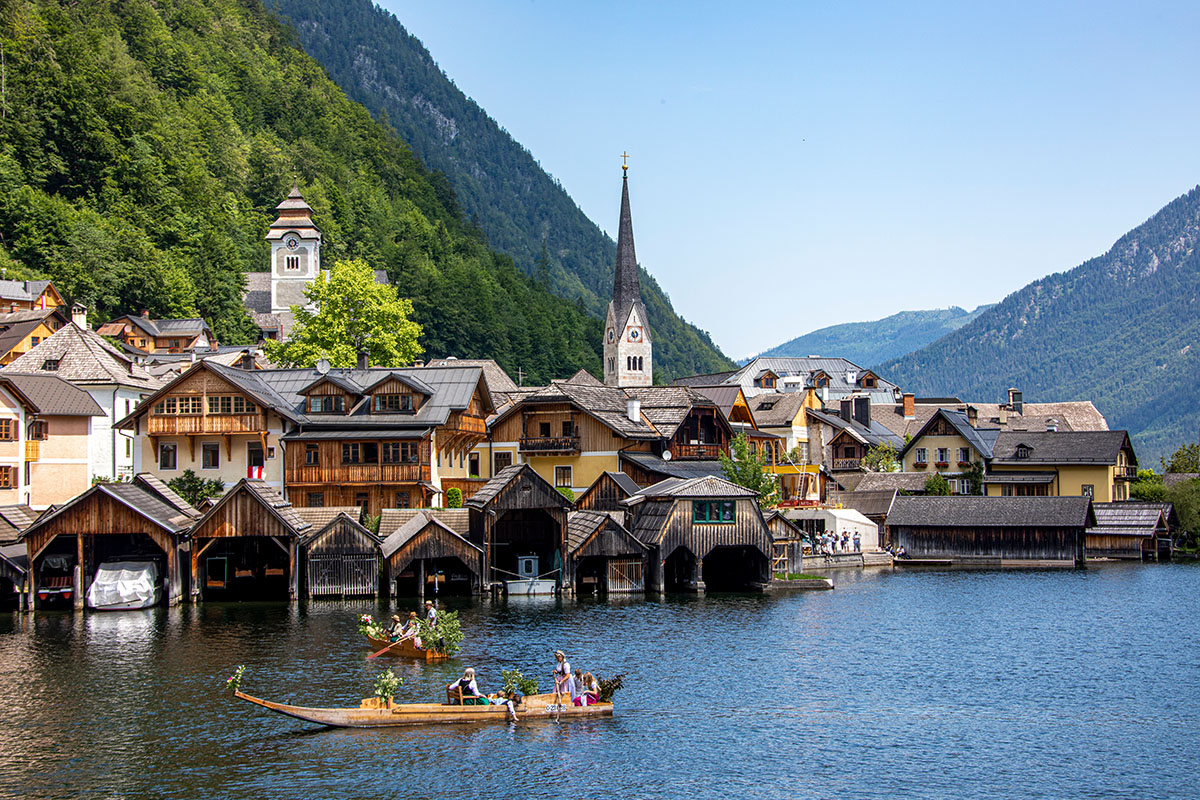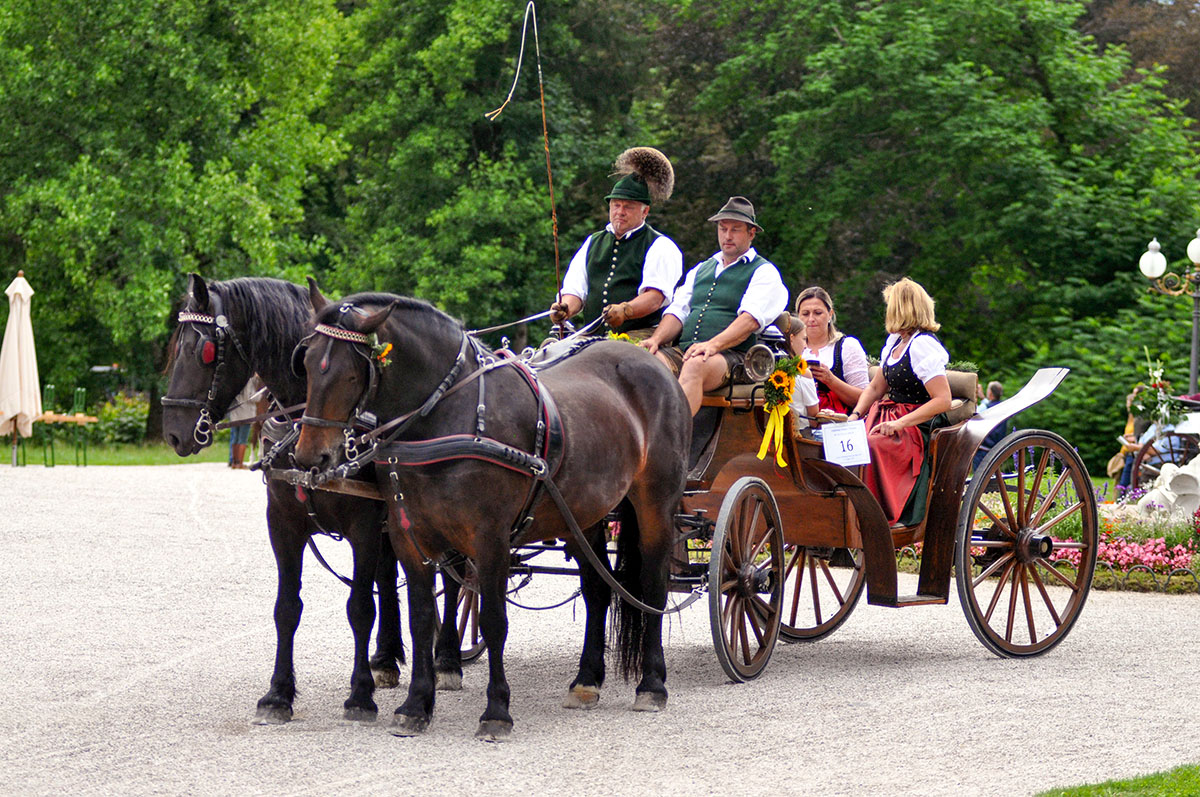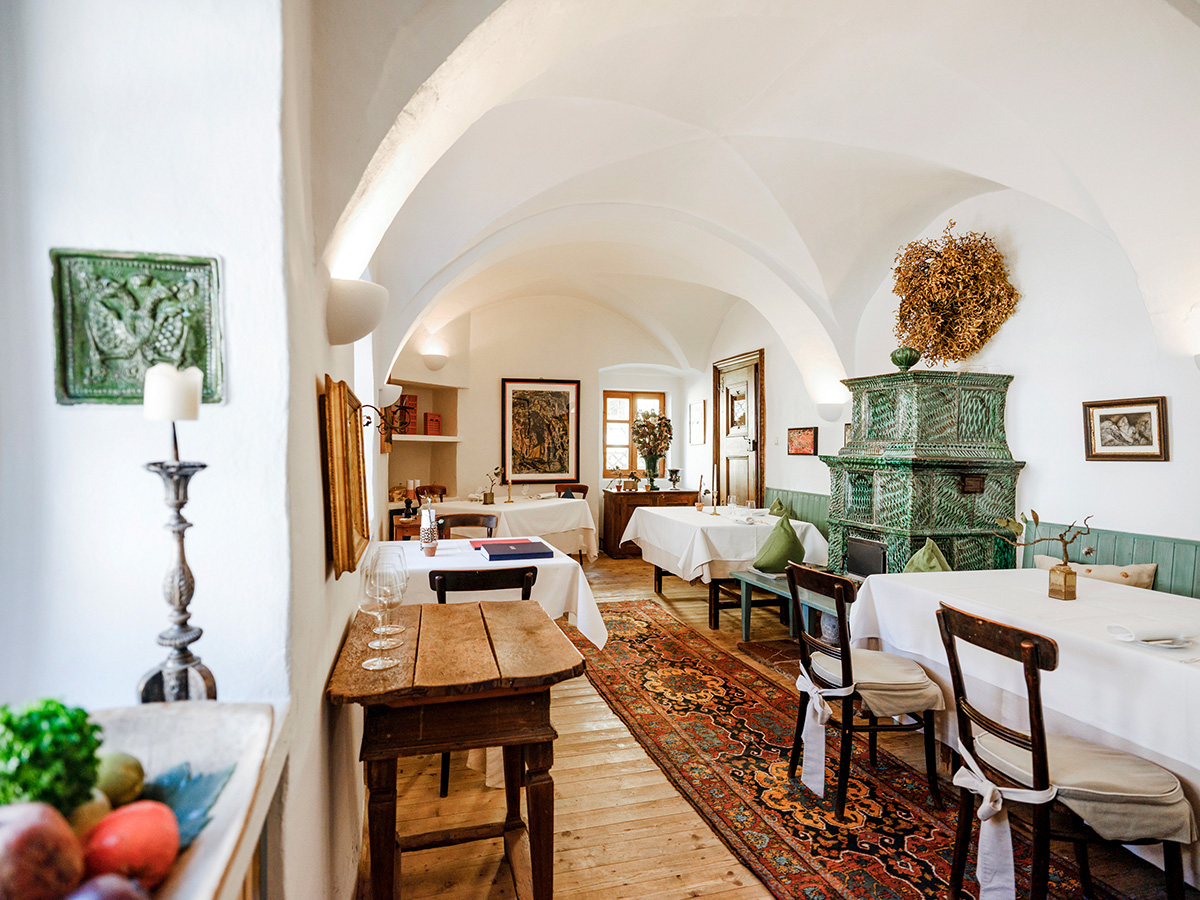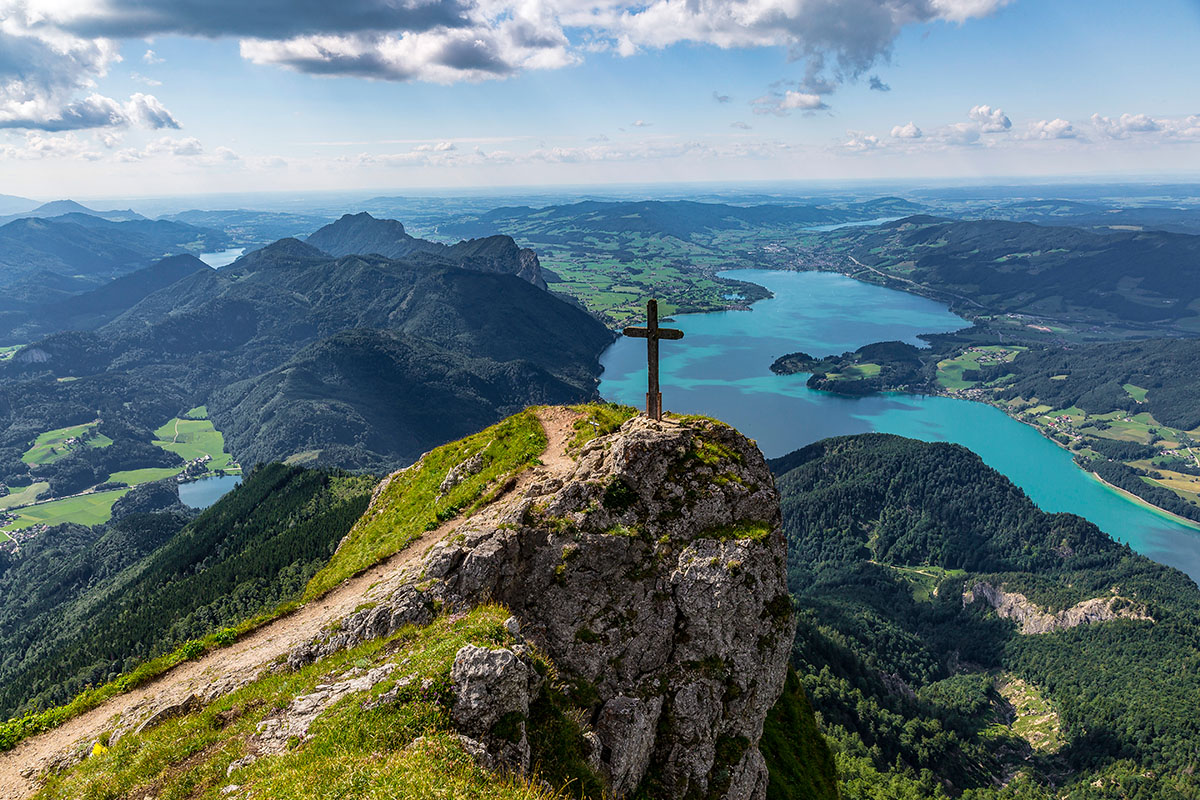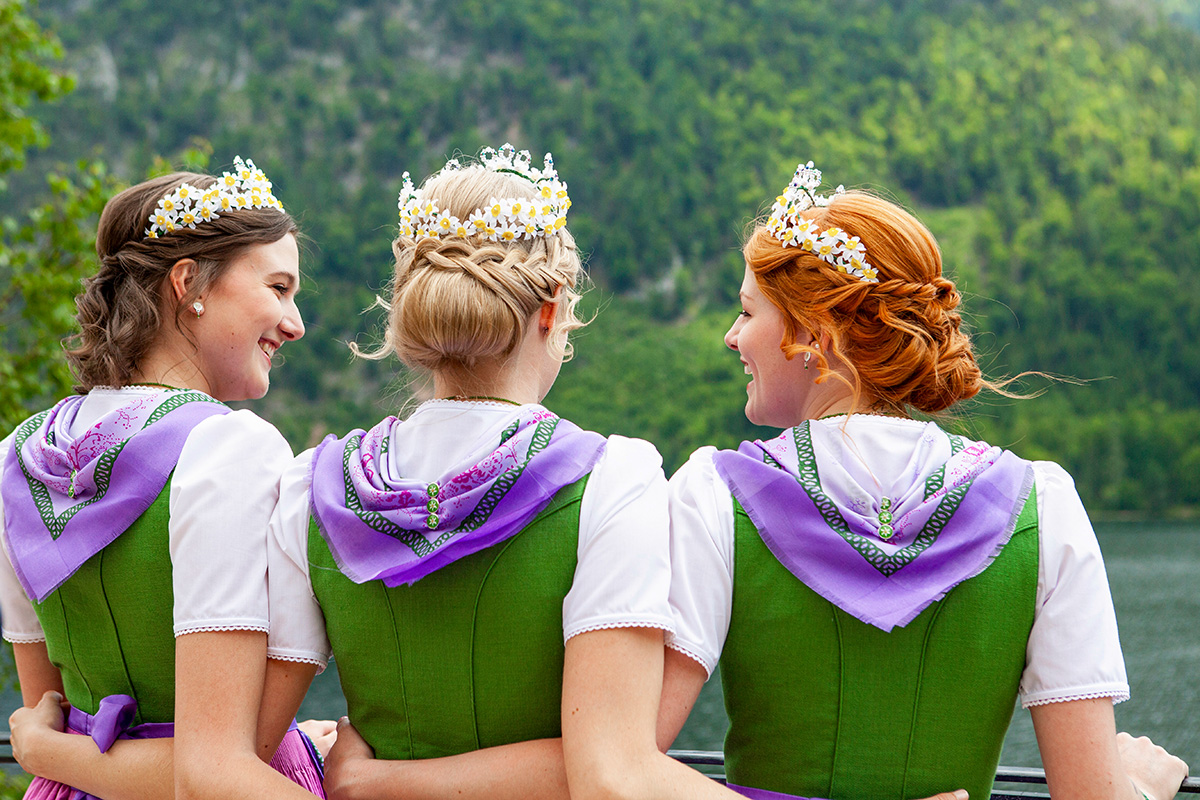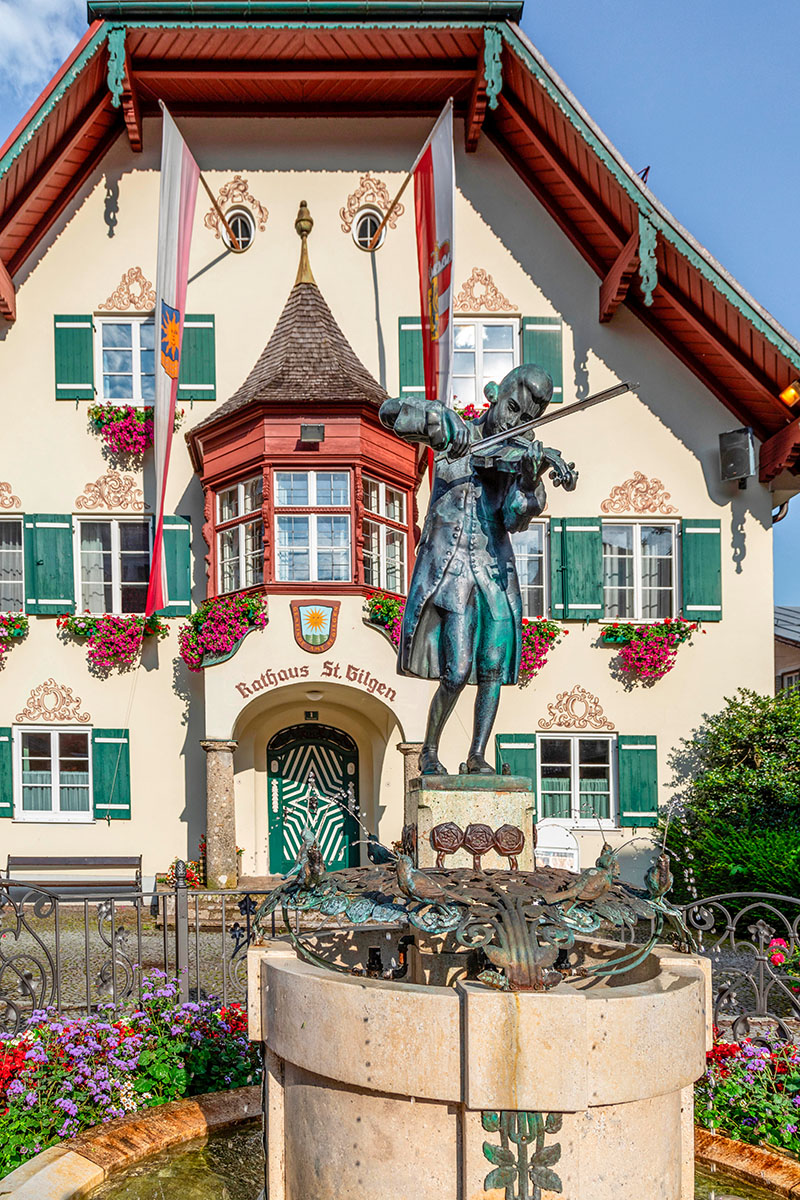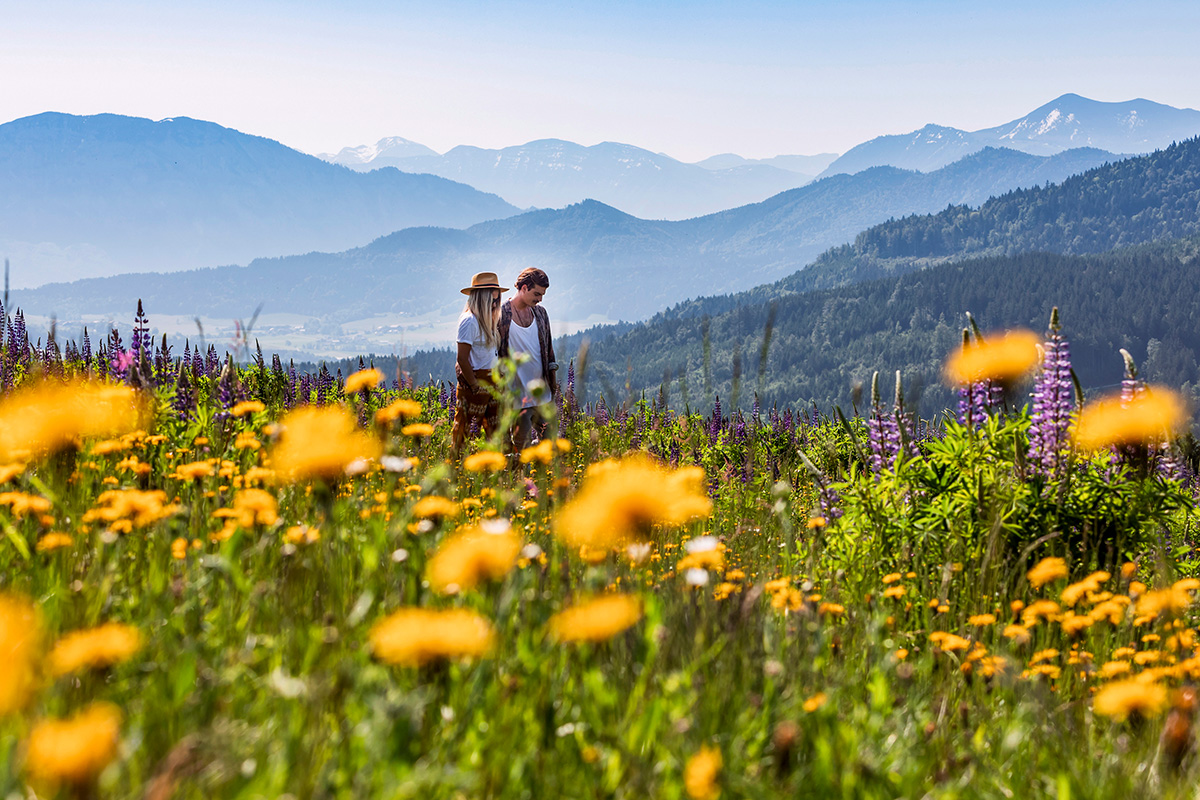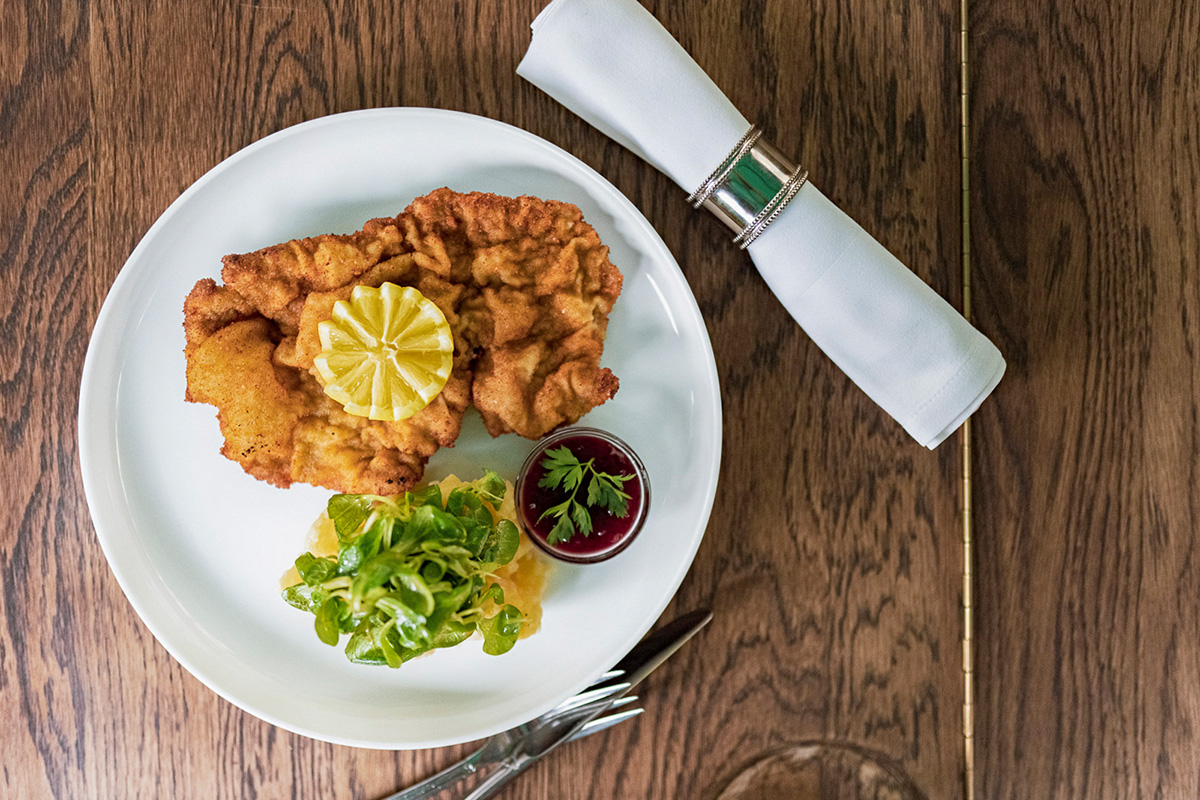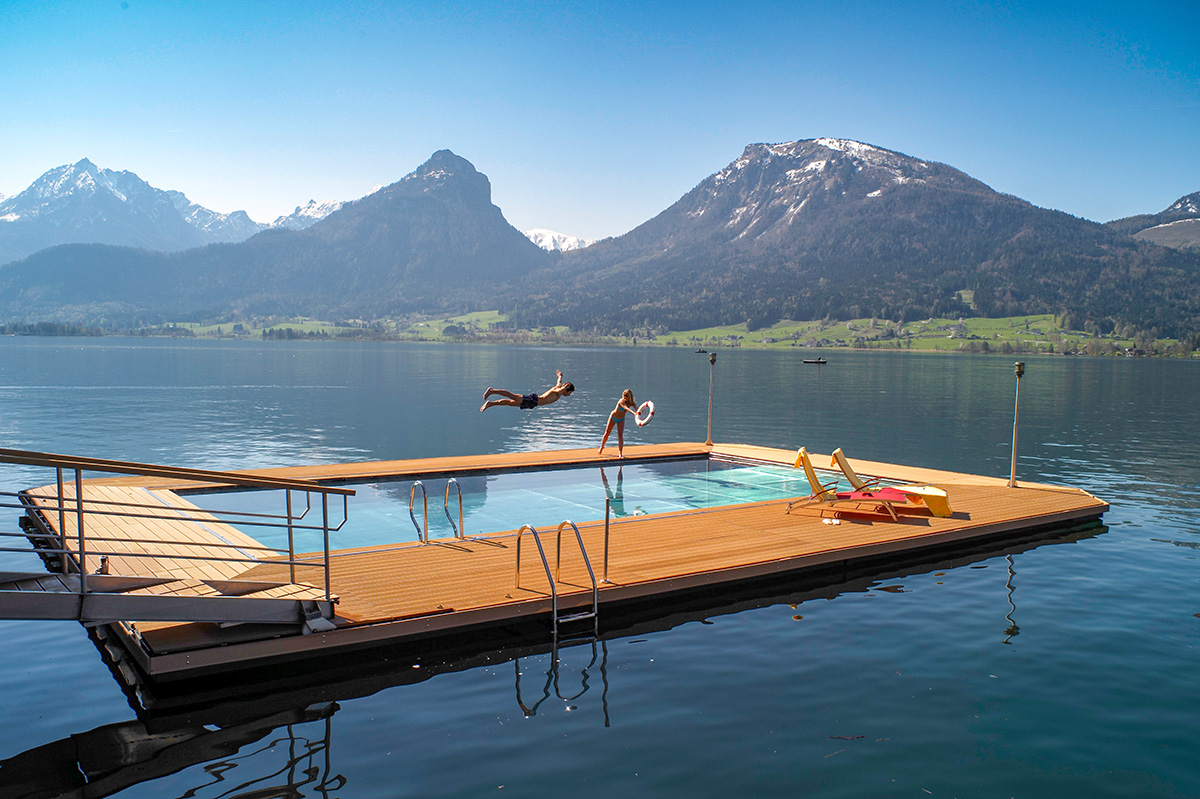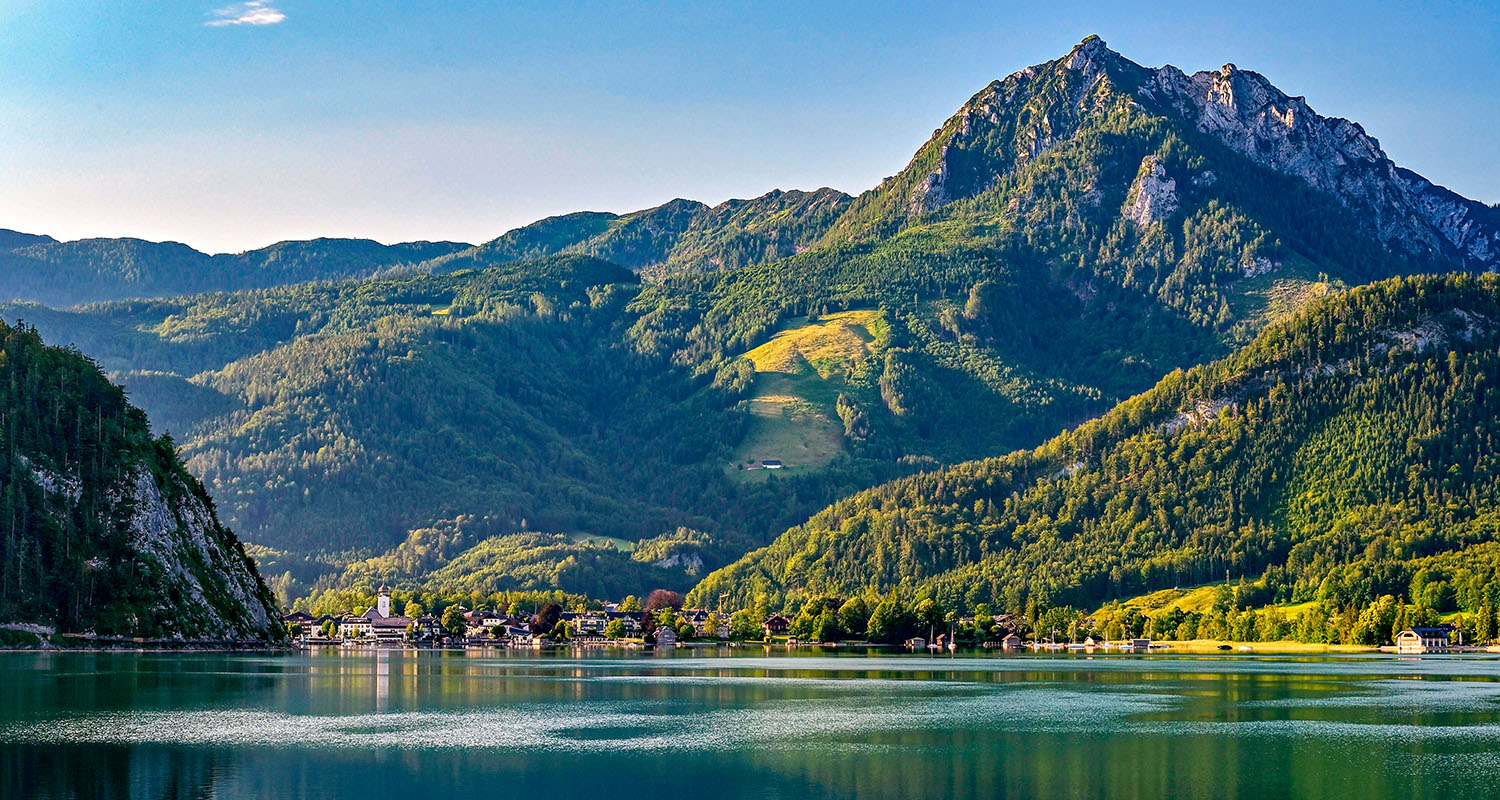
Salzkammergut: On Tour With Culture
The picturesque region, covering parts of Upper Austria, Salzburg and Styria, knows how to impress with its nature, nostalgia and tradition - but as the European Capital of Culture, it also proves that avant-garde art and innovative visions have arrived in the Alpine region.
April 17, 2024
© iStock
Crystal-clear lakes, lush green mountains and idyllic towns and villages. Here, time seems to stand still: for centuries, the scenic and historic cultural region on the northern edge of the Alps, stretching across the Austrian provinces of Upper Austria, Salzburg and Styria, has captivated people from all over the world. In 1997, the Hallstatt-Dachstein/Salzkammergut cultural landscape was added to the UNESCO World Heritage List. The fairytale-like Hallstatt even served as inspiration for the Disney hit Frozen and has since attracted around one million visitors a year.
Sonja Bauer
For Art Nouveau legend Gustav Klimt, Lake Attersee wasn't just a source of inspiration, it was his favorite summer retreat. Actor, playwright and opera singer Johann Nestroy was also fascinated by the picturesque region and reflected on its appeal to the art world: "You see, it's a cross now; the world isn't getting any bigger and there are more and more painters. Where can you find something new? There are three painters sitting around every Styrian rock, painting away! Every stream bridge, every waterfall is emblazoned on the canvas, the whole Salzkammergut exists in oil." No wonder, because the breathtaking diversity and beauty of the region never ceases to amaze. The magic of the Salzkammergut doesn't lie in change, but in the connection to tradition and nature. And in the loving hospitality of the locals, who welcome guests with open arms today as they have always done.
A penchant for tradition, courage for new things
© provided
With a rich history dating back to the Palaeolithic Age, the region has undergone countless changes. Originally, the Salzkammergut was significant for its high salt deposits - from which its current name is derived. However, the term expanded over the years. What historically only described the Upper Austrian part has since the 20th century stood for the entire region, stretching from the Fuschlsee, Wolfgangsee and Mondsee lakes into the Almtal valley, from the Vöckla valley to the Dachstein and Grimming. The 57 municipalities of today's Salzkammergut tourist region even extend to the eastern city limits of Salzburg in the west.
© Getty Images
In addition to the beauty of the Limestone Alps and the numerous lakes, the region is characterized by unique cultural assets, customs and traditions that cannot be experienced in this way anywhere else. From the Corpus Christi procession on Lake Hallstatt to the annual daffodil festival in Ausseerland and the Imperial Days in Bad Ischl to the Glöckler runs in winter, the Salzkammergut holds on to its significant cultural heritage, which is passed down from generation to generation. Traditional crafts are also actively maintained. Watchmakers, goldsmiths and stonemasons are just as essential to the region as traditional costume or the handmade pieces from Gmundner Keramik. It's also the largest ceramics manufacturer in Europe.
© provided
But just because tradition is firmly anchored in the region doesn't mean that there is no room for modern ideas. On the contrary: today, as in the past, art has a permanent place in the naturally beautiful Salzkammergut. In 2024, 23 of the municipalities will be the first Alpine region to hold the title of European Capital of Culture. The associated festivities are anything but traditional, old-fashioned and conservative.
"Culture is the new salt"
© Robin Weaver / Alamy Stock Photo
Keeping this motto in mind, the Capital of Culture Bad Ischl Salzkammergut 2024 presents a more than extensive program book. The high-wire act between authentic tradition and innovative visions of the future is skillfully mastered and a creative range of events is presented throughout the year, appealing to the art world and laypeople alike. Based on the four program lines "Power and Tradition", "Culture in the River", "Sharing Salzkammergut - the Art of Travel" and "Globalokal - Building the New", the region enters into a dialogue with Europe and the world, focusing the spotlight on historically rooted and contemporary art and culture. Among others, internationally renowned artists such as Ai Weiwei, Xenia Hausner and Chiharu Shiota are represented with exhibitions. At the same time, the region's inhabitants have the opportunity to be part of the conversation - and to participate in shaping their own future.
Pure nostalgia
Valentin Weinhaeupl
The Capital of Culture year will undoubtedly attract countless new visitors and place the area in a new context thanks to the wide range of attractions on offer. But for Austria lovers, the Salzkammergut is still a nostalgic evergreen. Ever since the Peter Alexander classic Im weißen Rößl from 1960, based on the operetta of the same name by Ralph Benatzky, the region has been synonymous with classic elegance and typical Austrian charm. The iconic hotel at the center of the Heimatfilm is now run by the fifth generation and attracts guests with its gourmet restaurant Poll's Kaiserterrasse and a spectacular pool area in the middle of Lake Wolfgangsee.
Paul der Wirt
This year, it'll also be the venue for numerous festivities beyond the future-oriented events and avant-garde highlights surrounding the Capital of Culture. In 2024, the bright blue Wolfgangsee will celebrate the 1100th birthday of its namesake. Together with around 150 Wolfgang towns in Central Europe, St. Wolfgang of Regensburg will be honored with numerous celebrations. For example, there'll be a gourmet evening, a relay pilgrimage and a gospel concert.
© provided
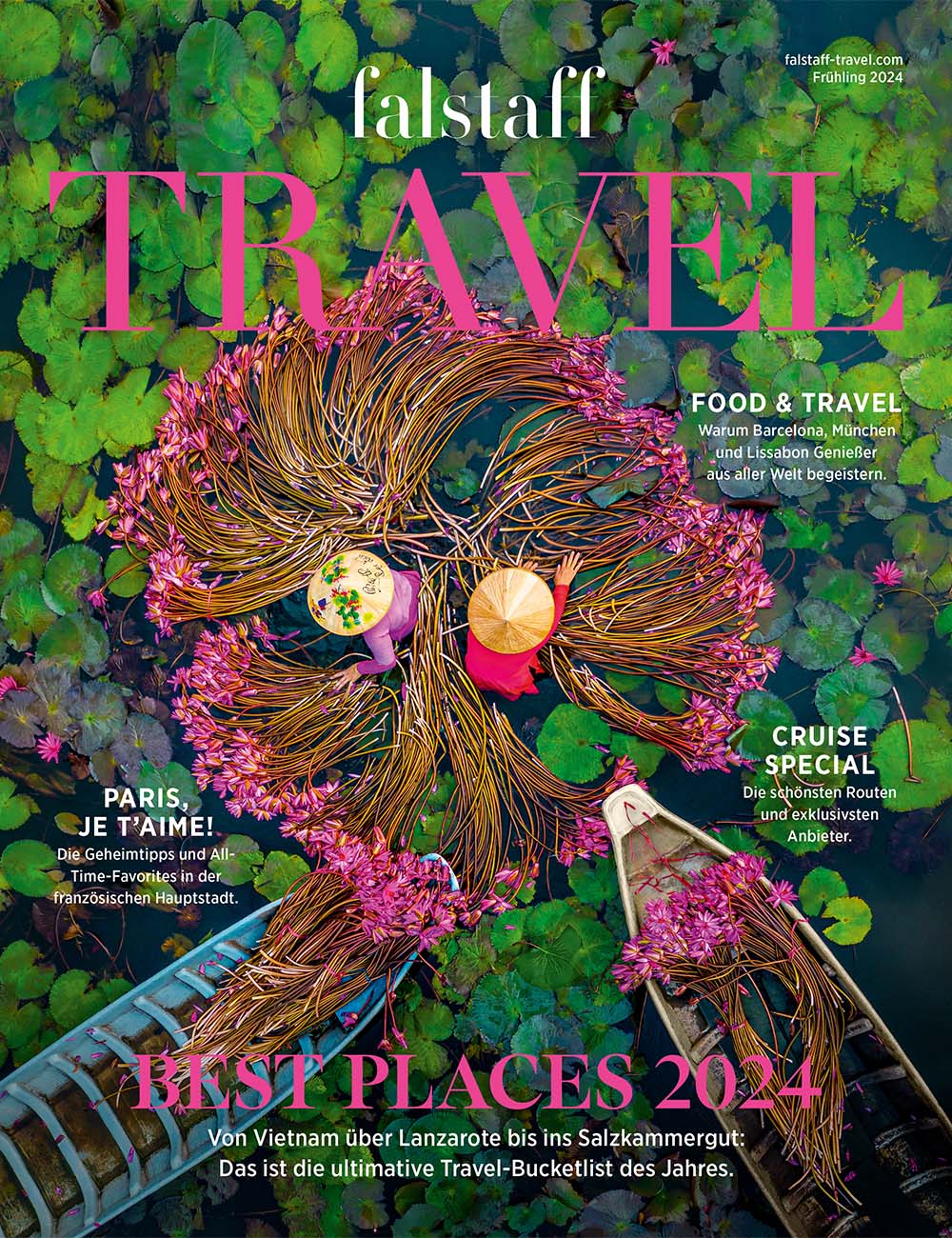
This article appeared in the Falstaff TRAVEL issue Spring 2024.
